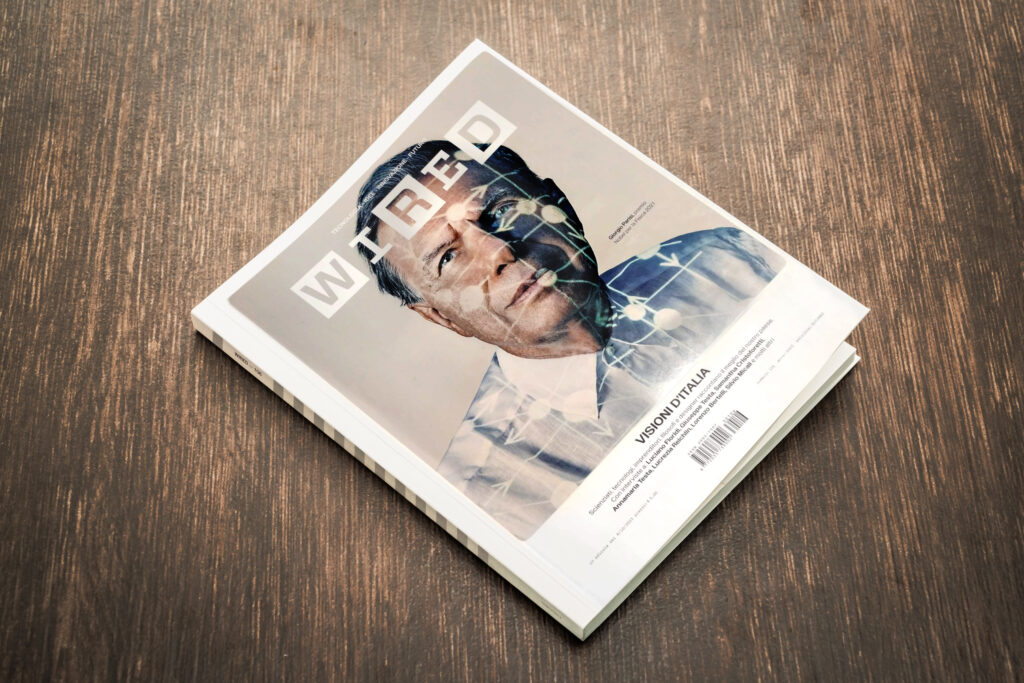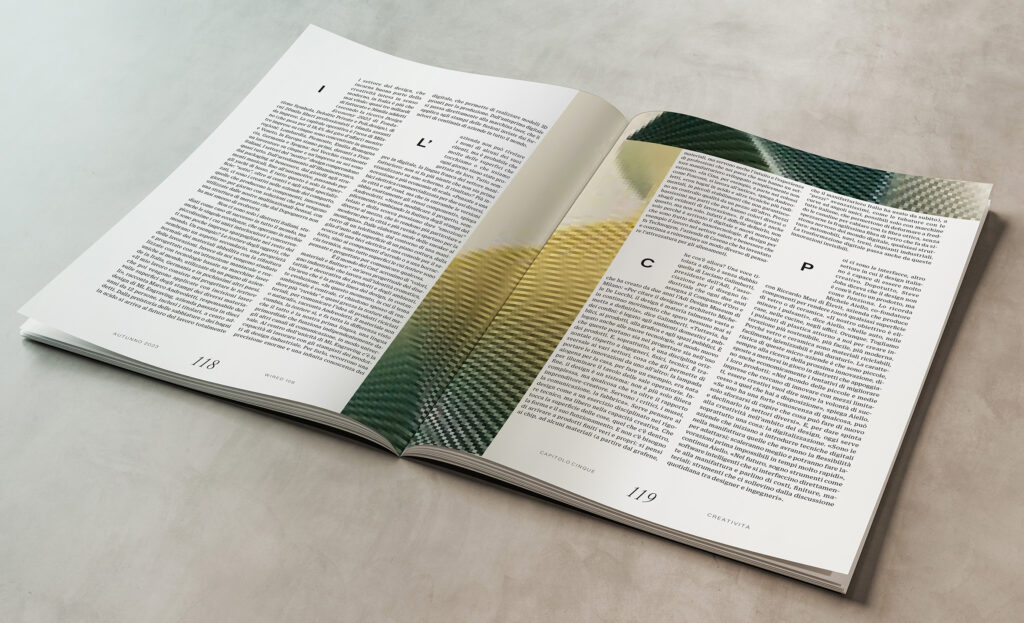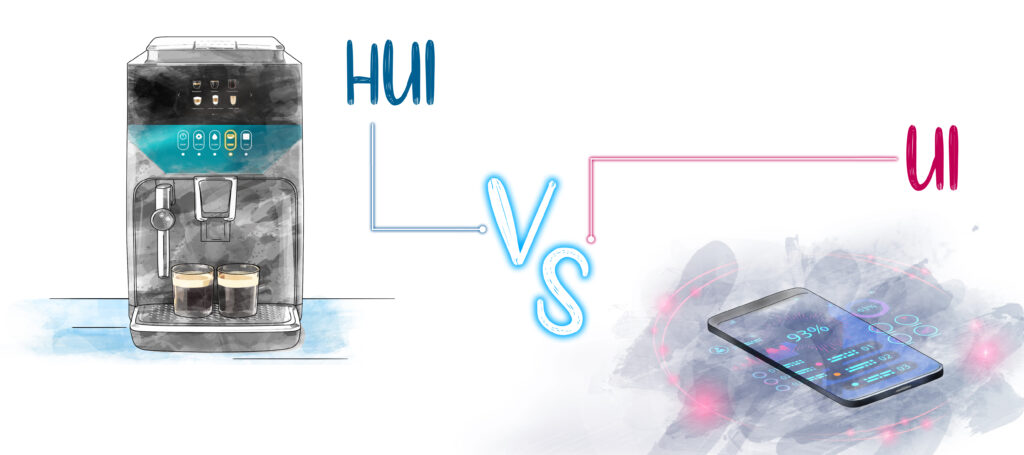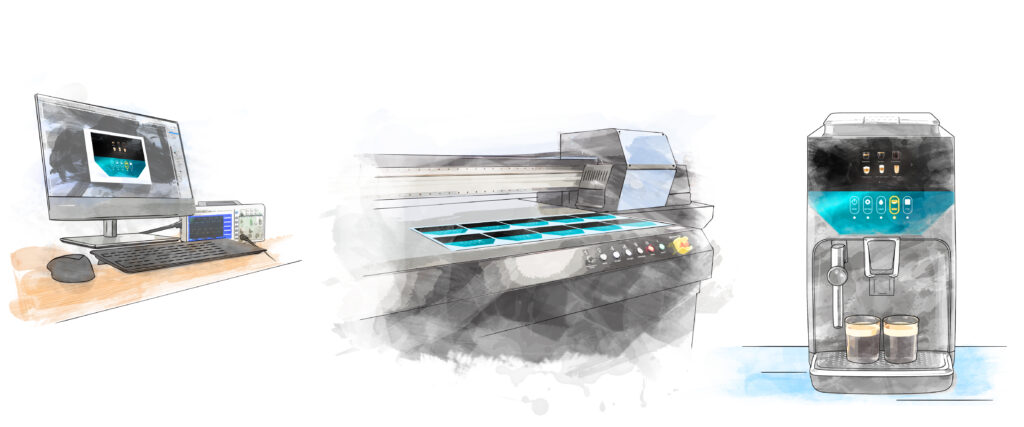WIRED ITALY
Autumn 2023
Vision
of Italy
Scientists, technologists, entrepreneurs, philosophers and designers talk about the best of our country.
With interviews with: Luciano Floridi, Giuseppe Testa, Samantha Cristoforetti, Annamaria Testa, Lucrezia Reichlin, Lorenzo Bertelli, Silvio Micali and many others

For èlevit this edition of Wired is special:
Within this publication focused on Italian excellence from all perspectives, Antonio Dini , a journalist attentive to the technological evolution of the last 30 years, has written an article focused on industrial design, highlighting the state of the art in a fundamental sector of our country’s system, starting from its key players.
Élevit’s entry into the product design market is relatively recent, but our technology stems from a lengthy journey deeply rooted in the Italian industrial and academic fabric, particularly in Bologna.
We are proud and grateful to contribute to this edition of Wired on newsstands by sharing our experience and vision of the near future.
On page 119 you can read the article ‘Noi che innoviamo l’ Italia’ by Antonio Dini, with our contribution as well as that of authoritative voices such as Carlo Ratti a professor at Mit Boston, Marco Andreoletti of ML Engraving, Luciano Galimberti President of ADI.
“Then there are the interfaces, another sector where Italian design can be very creative…”

Without spoilering more, you can download the article here l’articolo qui.
Enjoy reading!
Wired Italy September – October – November 2023 Read More »



